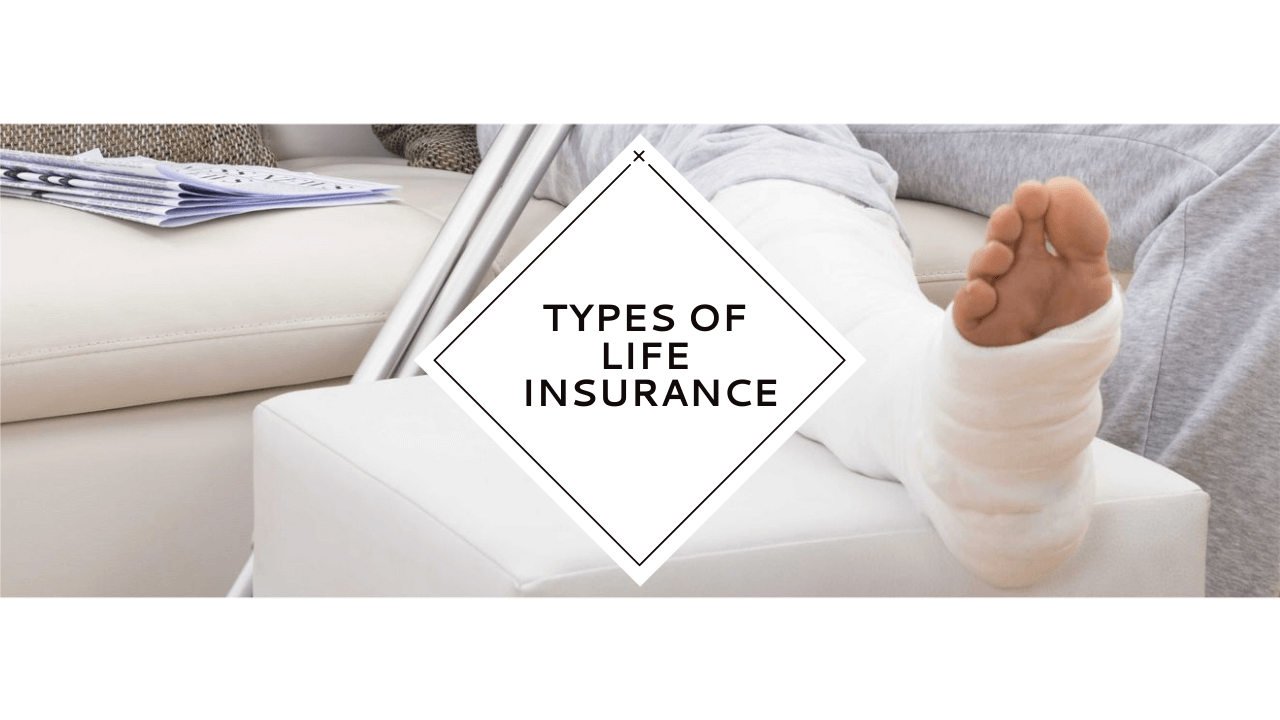The Principal Types Of Life Insurance In 2021
Every individual works towards securing their life if they died, and securing it can be possible through life insurance. Can everyone avoid buying life insurance? The answer is no; base on the report gathered, about 41 million people need life insurance in the U.S, but they don’t have it.
The reason is that most people overestimate its cost, as they were hoping maybe they can afford it or not. But in the Insurance Barometer report explained that a $250,000 term life insurance policy for a healthy 30-year old would cost $500 a year or even more. While the average cost is nearly $160 a year, looking at this gives a significant discrepancy in perceived price with actual cost.

The term life insurance is essential and can be part of everyone’s financial strategy. A life insurance policy could assist you in making sure your relatives and friends have a secure financial future when you pass away. Apart from covering for your final expenses, another purpose is to provide your family with a financial safety net by helping to change your income.
What is Life Insurance
Table of Contents
Life insurance can be defined as a contract signed by an insurer and a policy owner for agreement.
The policy guarantees the insurer pays some capital to named beneficiaries when the insured dies in exchange for the payment by the policyholder during their lifetime.
The life insurance application must adequately disclose the insured’s past and current health status to have an enforceable contract.
Principals Term of Life Insurance
Life insurance has two types – and it includes term and whole life insurance.
The whole life also refers to permanent life insurance and has subcategories, such as universal life, whole traditional life, variable life, and more.
The American Council reveals that about 4 million individual life insurance policies bought were term, and over 5.9 million were whole life.
Term Life Insurance
This aspect of life insurance is one of the simplest forms as it requires paying if the insurer’s death happens during the term of the policy and is generally at the range of 30 years.
Term life insurance policies have two basic types: level term and decreasing term.
- The level term paid when the death benefit didn’t change throughout the policy.
- Decreasing term insurance is when the death benefit drops, typically in one-year increments on the course of a term policy.
Whole Life Insurance
The permanent insurance makes a death payment benefit whenever the person dies.
We can also see some subcategories types of whole life such as universal life, whole traditional life, variable universal life, and many more.
Traditional whole life works in a way as both the death benefit and the premium are meant to stay the same throughout the policy life.
The main issue with whole life is that the cost of the $1,000 benefit rise as the insured person ages and can still get high when the insured lives to 80 and beyond.
It could make the insurance company charge a premium that rises each year, making it hard for people to afford life insurance at advanced ages.
How Much Life Insurance to Buy
To purchase a life insurance policy, consider many things, like analyzing your financial status first as it is essential, then know how much money it would require to keep your beneficiaries’ standard of living.
For instance, if you are a caretaker and have 3 to 5 years old children, your target is to have enough insurance to cover your custodial responsibilities until your children are grown up and mature enough.
You need to cost the entire things to cater for your children, including money for their education.
Then try to add any outstanding mortgage and retirement needs to your life insurance calculation.






